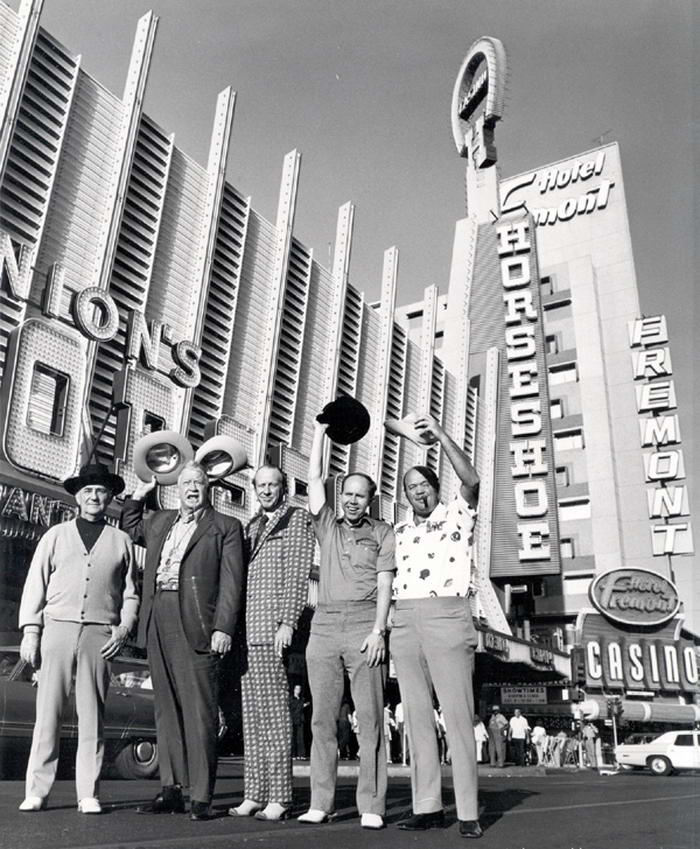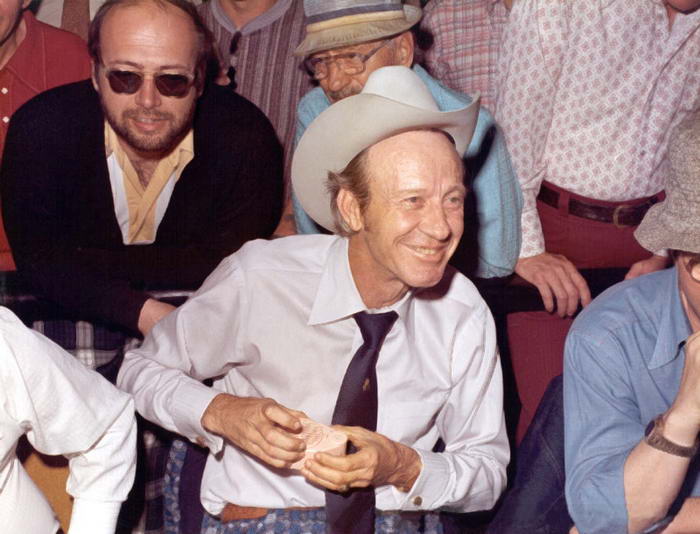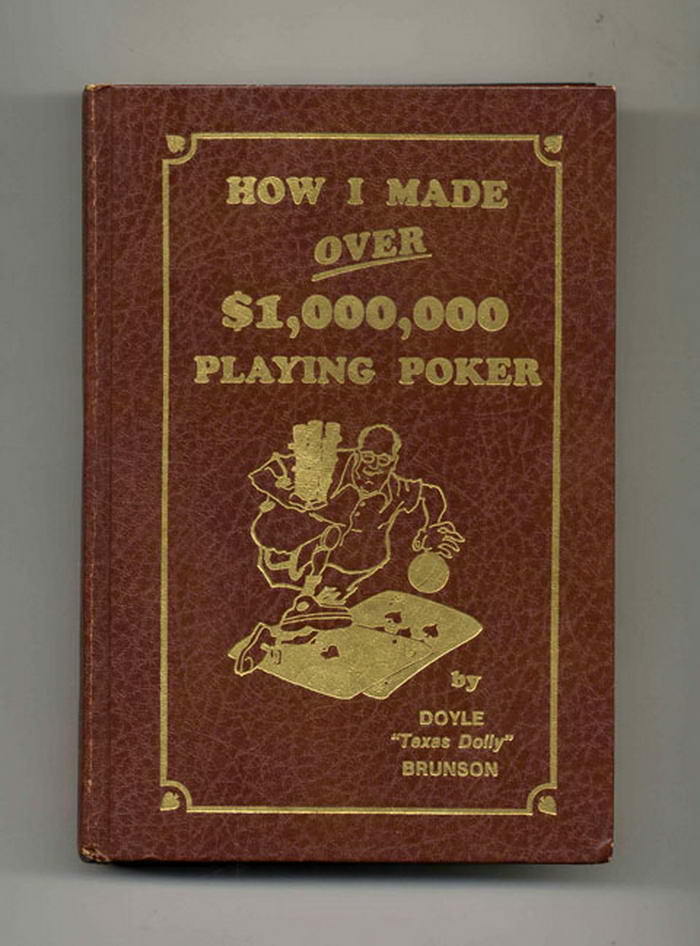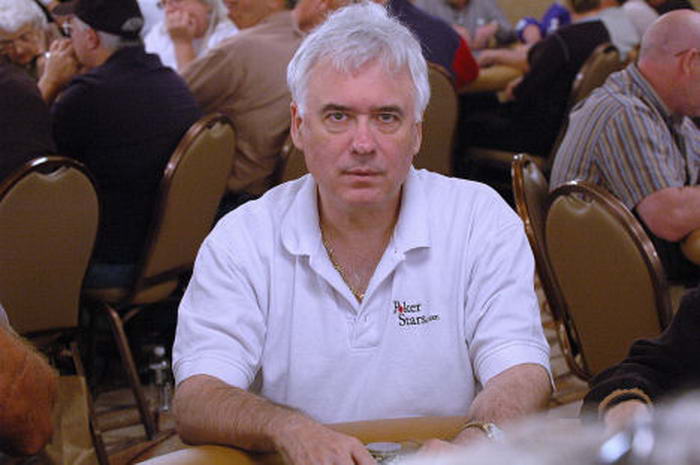Poker history is filled with unforgettable moments that have shaped the game we know today. The game is popular in various people including Presidents, sports-stars, actors, writers, students, and stay at home moms. It is featured in countless movies. In this article, we’ll explore the ten most important events in modern poker history. From the rise of online poker to the biggest scandals, these moments have left an indelible mark on the world of poker. So, grab your chips and let’s dive in!
10 – Benny Binion Creates the World Series of Poker
When Texan Benny Binion decided to seek his fortune in Las Vegas, he was determined to set his casino apart from all the rest. His first step was to do away with the limits at his table games. The rules allowed players to bet as much as they wished and it was fairly common for them to make million-dollar wagers.

Binion was always looking for ways to bring new people into the casino. After a long running high stakes exhibition poker game between “Nick the Greek” and Johnny Moss ended, Binion decided to invite some of his road gambler friends from Texas to compete in the World Series of Poker. Each would put up $10,000 and the winner would take home the title and all of the money. The first WSOP that played in the current poker tournament format was in 1971. There were six players and the winner took home $30,000. Since then, the WSOP has grown considerably; the 2014 WSOP champion Martin Jacobson bested a field of 6,685 players and took home $10 million.
09 – Amarillo Slim Wins the 1972 WSOP
A career as a professional poker player, which now carries rock star like prestige, was not always look upon as favorably. It is said that Doyle Brunson once “became ill” and had to leave the WSOP so as not to receive publicity for his victory.

However, when Thomas “Amarillo Slim” Preston won the title, he became poker’s first true personality. Slim never lost an opportunity to appear on camera or to get his name in front of the public. He appeared on The Tonight Show and other major network and local programs. Slim helped pave the way for the birth of the poker personality, such as Johnny Chan, Daniel Negreanu, and Phil Hellmuth.
08 – Doyle Brunson Wins the WSOP two years in a row holding the same hand
The WSOP Main Event has never been won by a player holding pocket Aces. Doyle Brunson made poker history when he won back-to-back WSOP championships holding a lowly 10-2. Ten-deuce is one of the worst starting hands in poker and winning with such mediocre holdings only added to Brunson’s legend. Ten-deuce is arguably second only to Wild Bill Hickok’s iconic Dead Man’s Hand (an Ace and an Eight) in term of notoriety and is known as “the Brunson.”

07 – Doyle Brunson Publishes Super System
Books on how to play poker date back hundreds of years. However it was Super System published by Doyle Brunson in 1970 which ushered in the modern age of poker. Brunson set up his own company and sold the book under the original title of “How I Won a Million Dollars Playing Poker” for $100 a copy (a far heftier price in 1979). The book introduced millions of people to the intricacies of poker play and a large majority of professional and amateur poker players have read it. Brunson later said that publishing the book was probably not his best idea. Because, he had to change his game in order to keep winning.

06 – The Introduction of the “Hole Card Camera” (1999)
Benny Binion’s promotional campaign for the World Series of Poker was fairly successful. In addition to print coverage, he convinced CBS and other broadcast outlets to show highlights from the final table. However, tournament poker is difficult to follow without knowing the hands the players are holding. The commentators were reduced to making educated guesses as to the strengths of the cards.
Inventor and poker player Henry Orenstein came up with the idea of the hole card cam, which allowed viewers and commentators to see the cards of the players. Poker was suddenly a valid spectator sport and gave rise to increased audiences for the WSOP. The hole card cams made the World Poker Tour possible and resulted in award winning coverage of the European Poker Tour which routinely shows entire unedited events, and numerous other broadcast tournaments and cash games.

05 – The “Biggest Pot in Poker History” (2009)
In 2009, Patrik Antonius and Tom “durrrr” Dwan faced off in a legendary online poker hand, with the pot reaching an astounding $1.35 million. This record-breaking hand remains one of the most iconic moments in poker history.
04 – Tom McEvoy wins the WSOP Main Event
In 1983, Tom McEvoy became a significant figure in poker history when he claimed victory in the World Series of Poker Main Event. McEvoy’s triumph was especially notable as he was the first player to win the prestigious tournament after qualifying through a satellite event. His groundbreaking success opened the door for countless aspiring poker players, demonstrating that even those with modest beginnings could reach the pinnacle of the poker world. McEvoy’s achievement also helped to popularize satellite tournaments, which have since become an integral part of the poker landscape.

03 – Player Loses $1 Million Poker Hand with Aces vs Aces
At least that is what the headlines said. The Big One for One Drop WSOP event has a $1 million buy-in, the largest in poker history. In the 2014 event two players, Connor Drinan and Cary Katz went all-in (meaning bet all of their chips) holding the same hand, pocket Aces. When all of the cards were dealt, Katz had hit a flush and eliminated Drinan from the event. The hand received more mainstream media attention than any poker event in decades, and was a social media sensation. In all honesty, Conner Drinan had won his $1 million seat in a $25,000 satellite so he technically did not lose a million dollars.
02 – The Mike Postle Cheating Scandal (2019)
This infamous poker cheat rocked the poker world when it was discovered that Mike Postle had been using an electronic device to gain an unfair advantage during live-streamed cash games. The scandal led to increased scrutiny of poker security and the implementation of new measures to prevent cheating.
01 – The Poker Boom and Online Poker Revolution (2003)
Arguably the most significant moment in poker history, the Poker Boom began in 2003 when Chris Moneymaker, an unknown amateur, won the World Series of Poker (WSOP) Main Event. His success inspired millions to try their hand at online poker, paving the way for a new era of poker enthusiasts.
The moments we’ve explored in this article showcase the incredible evolution of poker history. From the rise of online poker to groundbreaking technological advancements. As the game continues to adapt and grow, we can expect even more unforgettable moments in the years to come. Whether you’re a seasoned pro or a casual fan, these milestones serve as a testament to poker’s enduring appeal and its remarkable journey through the modern era.
FAQs
Q: When did online poker start?
A: Online poker began in the late 1990s, with the first real-money online poker site, Planet Poker, launching in 1998. The industry has since grown exponentially, with numerous platforms available for players worldwide.
Q: Who is considered the best poker player in history?
A: While there is some debate, many consider Phil Ivey to be the best poker player in history. It is due to his numerous accomplishments, including 10 WSOP bracelets and a reputation for excelling in various poker formats.
Q: What measures have been taken to prevent poker cheating?
A: Poker rooms and online platforms have implemented strict security measures to prevent cheating. By using sophisticated algorithms to detect unusual play patterns, employing specialized security teams, and implementing live-stream delay features to prevent real-time information sharing.


